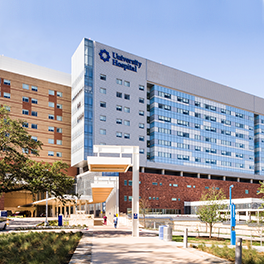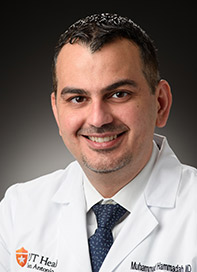Transcatheter mitral valve replacement (TMVR) replaces a faulty mitral valve with a man-made one. It’s a minimally invasive alternative to open-heart surgery.
The mitral valve pumps blood from the left atrium (upper chamber) to the left ventricle (lower chamber). If the mitral valve is damaged, it cannot function properly. People with valve narrowing (stenosis) or regurgitation may need a mitral valve replacement.
Mitral valve regurgitation happens when the valve doesn’t fully close as it should, allowing blood to leak back into the atrium. Mitral valve narrowing prevents the flow of blood through the heart chambers. TMVR can help resolve these issues.
What Is TMVR?
TMVR is not the same as a TEER, also referred as a MitraClip. The MitraClip repairs the valve, while TMVR replaces it.
You will be sedated during the procedure and won’t feel anything. Similar to the TEER procedure, your health care team will guide a catheter through the femoral vein in your groin to access your heart. They will use the catheter to place the new mitral valve.
You will recover in the hospital for at least one day and may spend up to three days in the hospital for observation. Most patients fully recover and resume normal activities within one week.
Who Qualifies for TMVR?
Not everyone qualifies for TMVR. TMVR is reserved for those who are too high-risk for surgery and don’t qualify for TEER to treat mitral valve regurgitation.
Patients may be considered high-risk for surgery if they are older or have multiple medical conditions.
Benefits of TMVR
TMVR has many benefits, including:
- Being minimally invasive
- No surgical incision
- Shorter recovery time
- Resolution of symptoms
- Lower risk than open heart surgery for eligible patients
TMVR in San Antonio
University Health Structural Heart and Valve Center was among the first few leading centers to offer TMVR in Texas. Including participation in clinical Trials for new treatments like the Mitral II trial.




